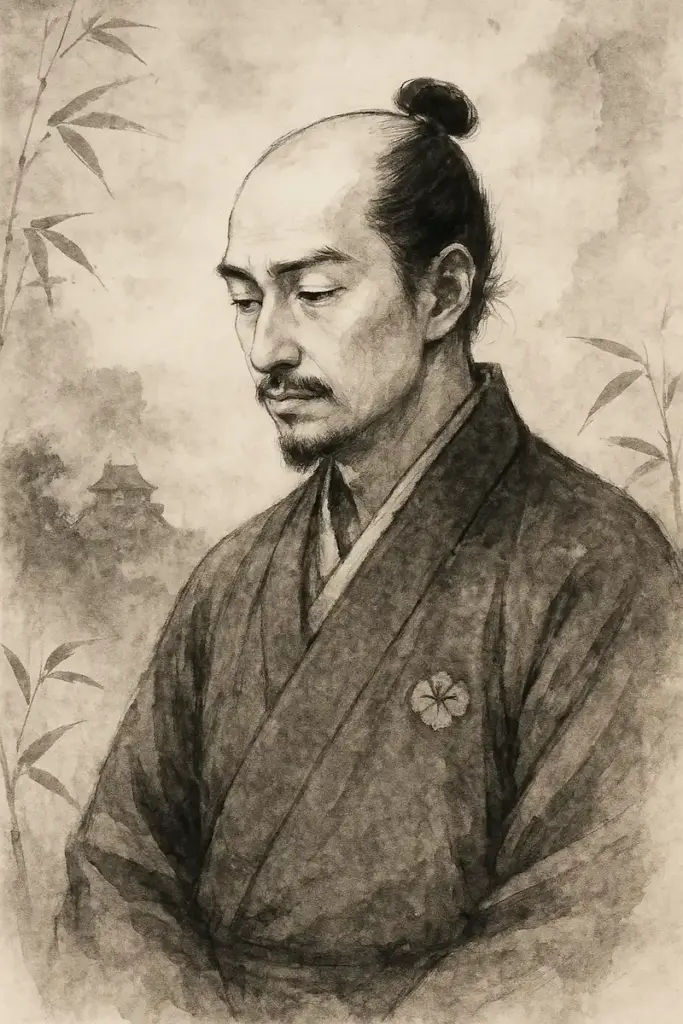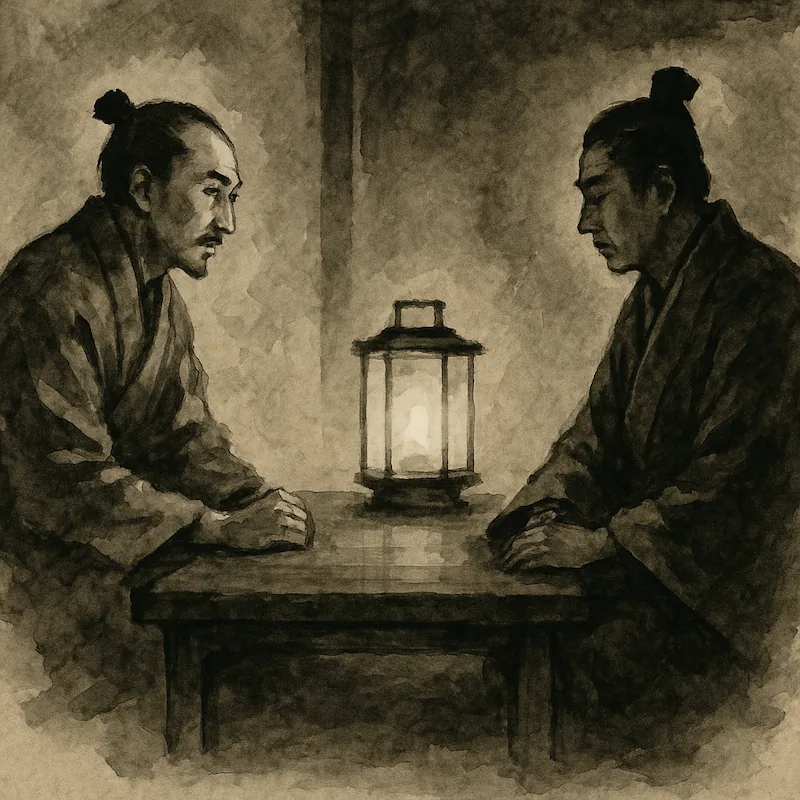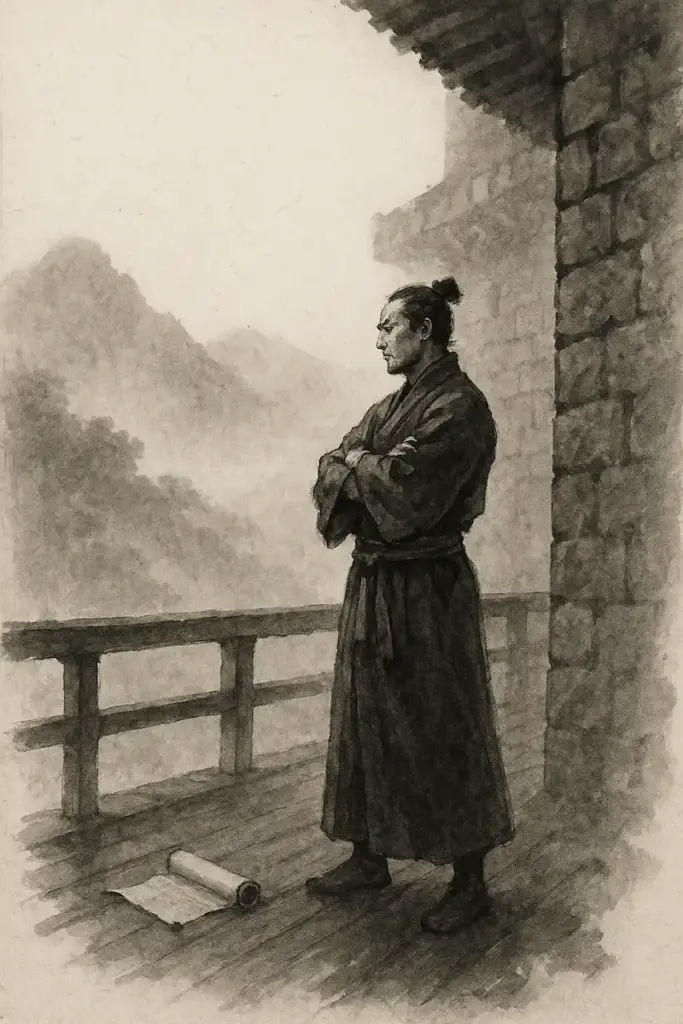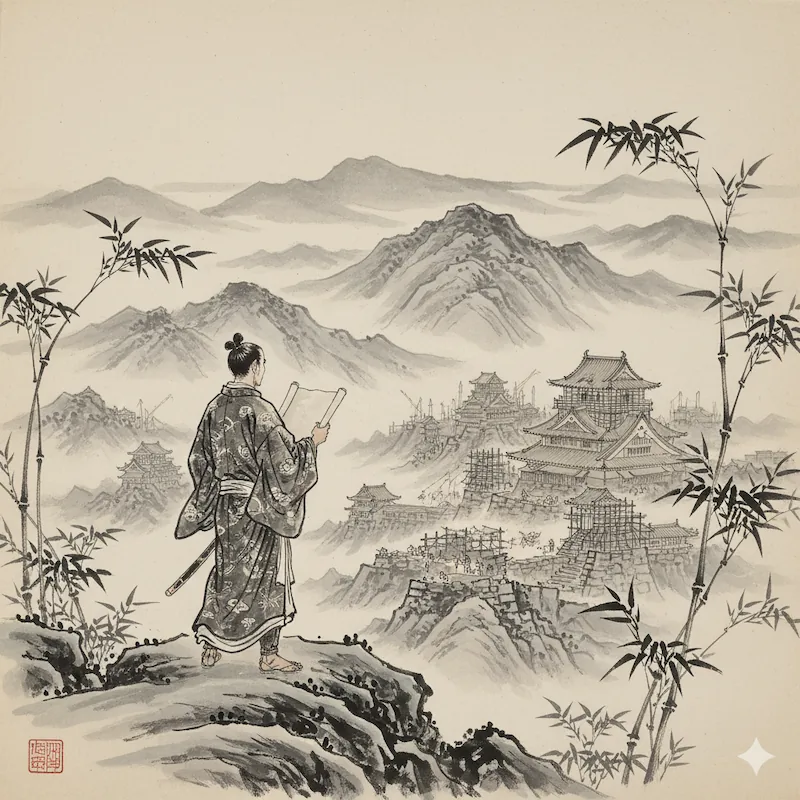🌸 “Was Nobunaga Really Cold-Blooded?” — Discovering the True Nature of a Future Unifier in Yoyogi

As a lifelong history enthusiast, Oda Nobunaga is someone I find myself returning to again and again. Hoping to uncover yet another side of this endlessly fascinating figure, I attended the lecture “An Invitation to Sengoku Ōmi: The Genki Turmoil and the Rise of Oda Nobunaga, the Unifier of Japan” held on November 15, 2025, at the National Olympics Memorial Youth Center in Yoyogi.
I wasn’t drawn to the event by simple curiosity alone. Through my project “Following The Shogun”, I aim to share perspectives that allow people to view history from multiple angles. This lecture aligned perfectly with that mission.
🧭 The Genki Turmoil — Not a “Turning Point,” but One Step on Nobunaga’s Larger Path

The lecture framed the “Genki Turmoil”—the series of conflicts that unfolded as Nobunaga rose from regional warlord to national unifier—not as a mere local skirmish, but as part of a much broader trajectory. This tumultuous period set the stage for the construction of Azuchi Castle, the attempted restoration of the Muromachi shogunate, and ultimately the consolidation of Nobunaga’s political authority.
While the common image paints Nobunaga as a relentless innovator who forced his way forward, the lecture offered a contrasting view: a leader who sought harmony, valued order, and made deliberate, thoughtful decisions. This alternative portrayal made a deep impression on me.
🤝 Nobunaga and Yoshiaki — Friendship, Friction, and a Genuine Desire to Restore the Shogunate
One moment that made me instinctively whisper “Really?!” was the discussion about Nobunaga’s relationship with Ashikaga Yoshiaki. Many historical sources and dramas I’ve encountered portray Nobunaga as exploiting Yoshiaki’s status as shogun merely to secure his own power—taking what he needed and leaving the rest.
But according to this lecture, Nobunaga treated Yoshiaki with great care and truly tried to respect his position as shogun. Hearing this made me reconsider what I thought I knew. To maintain stability, Nobunaga sometimes had to take a firm stance, which might have felt oppressive from Yoshiaki’s perspective. Yet even then, Nobunaga never abandoned him. He continued seeking ways to mend their relationship until the very end. This struck me as profoundly human.

As I listened, I increasingly felt that Nobunaga may have genuinely wished to restore the Muromachi shogunate. Even after expelling Yoshiaki, he never took his life; instead, he sought a path they could still walk together. That attitude, to me, is clear evidence that Nobunaga was far more than a ruthless conqueror.
🏯 Azai Nagamasa’s “Betrayal” — Pride, Independence, and the Struggle to Compromise

Another fascinating topic was the fresh interpretation of why Azai Nagamasa turned against Nobunaga. I had always understood that Azai betrayed Nobunaga because he chose to honor his military alliance with the Asakura clan. But recent research suggests the explanation is more nuanced.
The new perspective is that the Azai clan strongly rejected the idea of becoming subordinates of the Oda. In other words, they resisted being absorbed into Nobunaga’s emerging order because they wished to preserve their pride and independence as a sovereign Sengoku clan. What we call “betrayal” may have been the result of this fundamental clash of values.
As Nobunaga moved toward national unification, he likely struggled with how to respect the pride and circumstances of each rival while still forging a new political structure. Viewing the Azai conflict through this lens—as a story of competing priorities and human dilemmas—adds remarkable depth to the history.
👥 The Atmosphere in the Hall and Moments of Intense Focus
The lecture covered many well-known topics, and during those moments, the room’s collective focus seemed to loosen briefly. Probably many attendees—including myself—were already familiar with the basics and had come hoping for fresh insights. Whenever the lecturer delved into deeper themes, such as Nobunaga’s relationship with Yoshiaki or Azai Nagamasa’s motives, the audience visibly leaned in and listened with heightened attention.
🔭 Enjoying History Through Diversity, Not Dogma
The lecture did not attempt to declare, “This is what Nobunaga truly was.” Instead, it repeatedly posed the question, “Could we view him this way as well?” As I listened, I could feel my own image of Nobunaga gradually shifting.
From here on, I want to continue exploring history not through a single lens, but by imagining the emotions, pressures, and backgrounds of the people who lived it. Thanks to Nobunaga, I was able to touch a little more deeply upon the human side hidden behind the historical record. It was truly a memorable day.

comment